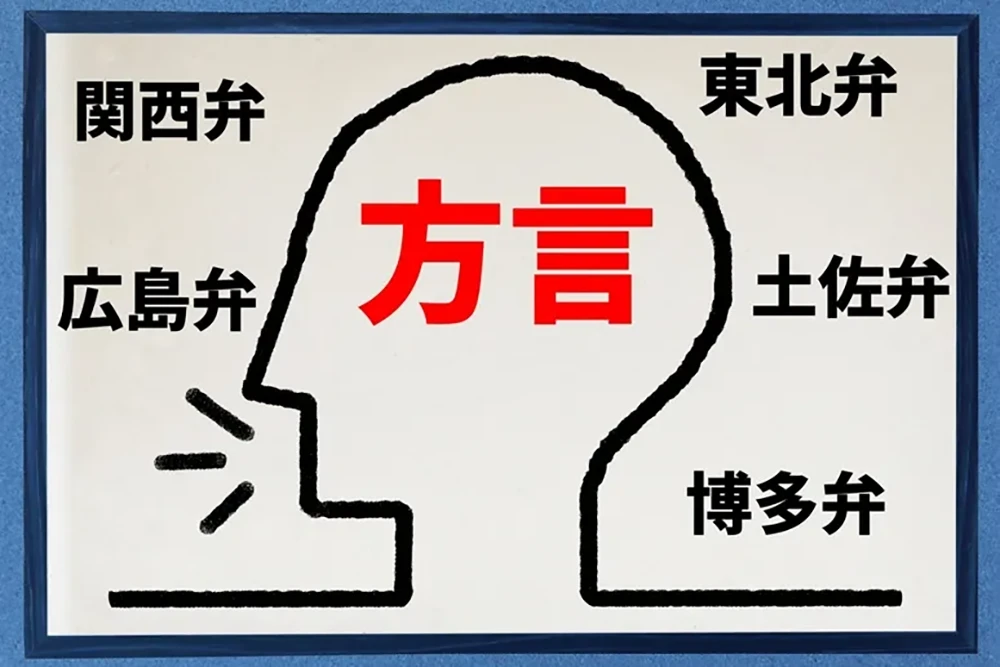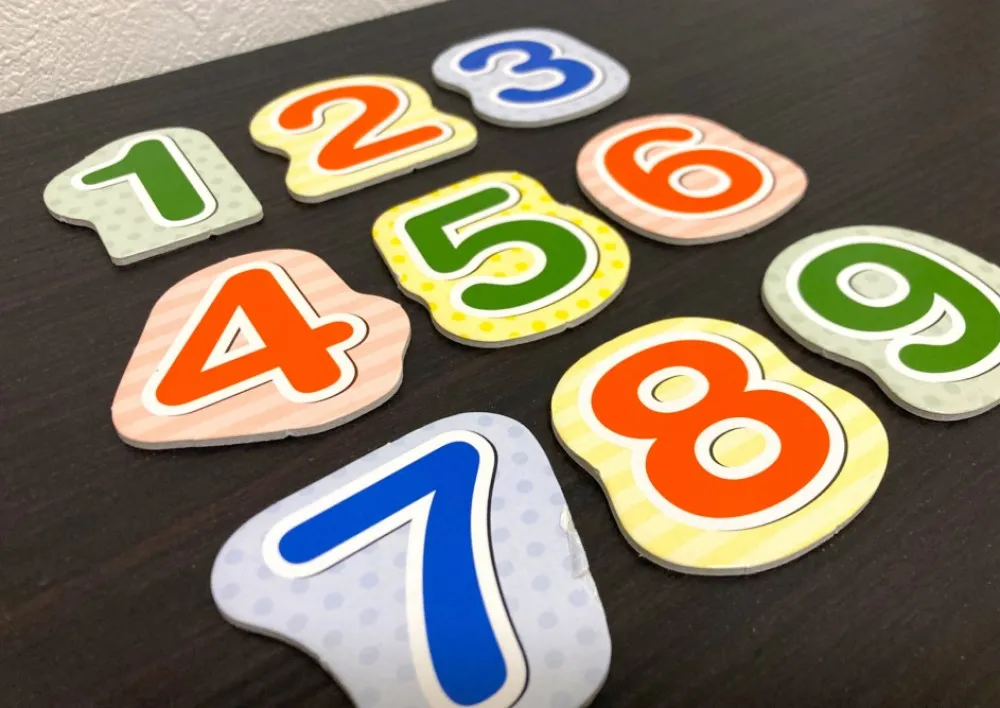

What to know before learning Japanese: Beginner Guide
Is learning Japanese hard? We asked our students about their experience
Learning any language, including Japanese, can seem daunting if you are starting from zero. You likely have some questions and concerns around what it’s going to be like, how long it’s going to take, or whether you will be successful. To calm your fears of the unknown, we spoke with two of our beginner Japanese students and asked them about their experience. They also gave advice for others in the early stages of their journey.
Common challenges and mistakes made by beginners
Writing is one of the biggest hurdles to overcome for beginners. Since Japanese uses a completely different writing system to Latin, Germanic, Arabic, or even other Asian languages, there is a lot to study from day one. The writing system includes hiragana, katakana, and kanji, with kanji requiring the most time to master.
However, beginners should understand that it will take some time before they feel comfortable with even the more basic writing systems. Zachi (Zac) Darab, a student in TCJ’s evening business class, says that he “couldn’t write anything” in the beginning. Even when he graduated from hiragana and katakana and moved onto kanji, he still had moments of unease when he forgot some katakana characters. However, this is a common experience and should not be a cause for embarrassment.
Grammar and vocabulary is another sticking point for beginners, especially when trying to build sentences, as Japanese sentence structure is completely different to that of other languages. One of the common grammatical challenges for TCJ’s beginner students is particles (function words used to give context to other words), as they can completely change the meaning of a sentence depending on which one you use. For example, take these two sentences: Aさんはそう言いました (A-san said this) and Aさんにそう言われました (I was told this by A-san). The first sentence uses は (wa), but if you swap out the は for another particle, に (ni), then you need to change the verb tense (in this case, ‘to say’) and use the passive form (said → was told).
To master such grammar rules, reviewing the material and practicing it is very beneficial. “Understanding the grammar is one thing, but putting it into practice in the outside world is another,” notes Julia Treffort, a student in TCJ’s daytime standard class.
However, this can present another hurdle as new students may be scared to make mistakes and will often hesitate when speaking. Even if one knows the correct grammar or vocabulary in their mind, they can second guess themselves when speaking out loud. Thus, finding a friendly, open environment where students can be confident is very important especially for beginners. To help their students with such output practice, TCJ offers a monthly conversation club that allows students the opportunity to speak with speakers of varying fluency. Julia has found the conversation club particularly helpful for her.
Another challenge, especially for working professionals, is attending classes in the evening when you are already tired after a full day of work. In this case, hybrid classes, like the ones offered at TCJ, may be the right fit. Sessions can be attended in-person, online, or both, which allows learners the flexibility to attend classes around their schedule.
Advice to new students
Julia’s advice relates back to practice. She encourages new students to “have short conversations with native Japanese speakers, as being able to understand even just a fraction of the conversation feels good.” She also recommends creating a study group with fellow students to keep one another motivated. Learning the language will of course take time and patience, but doing a little bit everyday will help in memorizing new vocabulary and grammar.
For Zac, he thought that he could naturally learn Japanese from just living in Japan, but quickly discovered otherwise. He notes that it “takes discipline, time, and commitment to learn. I enjoy every lesson now and commit my time to learning. It feels like a new part of my life has opened up and that’s an exciting feeling.” To keep motivated, however, it’s important to think about your ‘why’ and set targets for yourself.
Zac continues, “Whether your goal is to read manga, pass a JLPT test or further your life in Japan, if you enjoy the process, learning will become one of the best parts of your week.” Setting target timelines for yourself may also be beneficial. For example, your target may be to achieve N4 level in 6 months, N3 within a year, N2 within two years, etc. Whatever your personal reason may be, figuring this part out is the key to finding the motivation to keep learning even when things get tough.
Know that you will not be motivated everyday, and there will be days when you are tired. But these are the days when it is especially important to come to class to study so that you do not feel behind in subsequent classes. Zac encourages students to trust in the process, and keep focused on their attendance. If you put in the work, you will keep improving.
Useful learning tools for beginners
There are a variety of useful Japanese learning tools out there for learners of all levels. Julia uses apps like MochiMochi for kanji, Easy Japanese for reading practice, and From Zero workbooks to strengthen her skills.
For those who don’t necessarily have time to practice outside of class, attending a school with a strong structure and built-in tools is important. For Zac, he benefits from the fact that TCJ “provides the structure and the system to learn from anywhere you are. The teachers are very accommodating, friendly, and want to see students improve.”
Apart from flexible, high-quality courses, TCJ also organizes other learning tools such as the monthly conversation club mentioned above, which not only helps to “improve fluency, but it also helps people who are afraid to make mistakes by lowering their inhibitions,” says Julia. There is also a kanji competition held a couple of times a year, and cultural activities like a tea ceremony event that allows students to attend a tea ceremony with teachers.
Start your Japanese language journey with TCJ
TCJ, a leading Japanese language school located in Shinjuku, offers not only flexible courses and high quality teachers, but a range of services and material to aid in the development of its language learners. This includes digital material, recommended reading, listening and watching material, classroom material, and events.
For beginners, TCJ offers a wide range of courses depending on your needs. It has a student visa program for those who wish to study in Japan, lessons for residents of Japan, and online lessons. You can tailor your course according to your personal objectives, and the staff at TCJ are dedicated to helping each of its students achieve their individual goals.
Please get in touch if you’d like to learn more about TCJ. Whatever your requirements, we can find the right Japanese language course for you.
- Private Lesson
- Japanese for Expats
- International Student Visa Program
- Job Hunting in Japan
- Japanese Language School
- Email Phrases
- Business Japanese
- Keigo
- Japanese For Executives
- Japanese Manners
- Learn Japanese
- Japan Trivia
- Basic Japanese
- Japanese Culture
- Japanese Beginner
- Japanese Advanced
- Japanese Greetings
- Japanese Phrases
- Online Lesson
- Business & Daily Life Japanese Program
- Interview
- Japanese tips
- Kanji
- Want to Learn Japanese

Discovering Japanese Dialects: Kansai-ben, Kanto-ben, Tsugaru-ben, and More

Difficult Japanese Words: Numbers And the Way to Count Them







